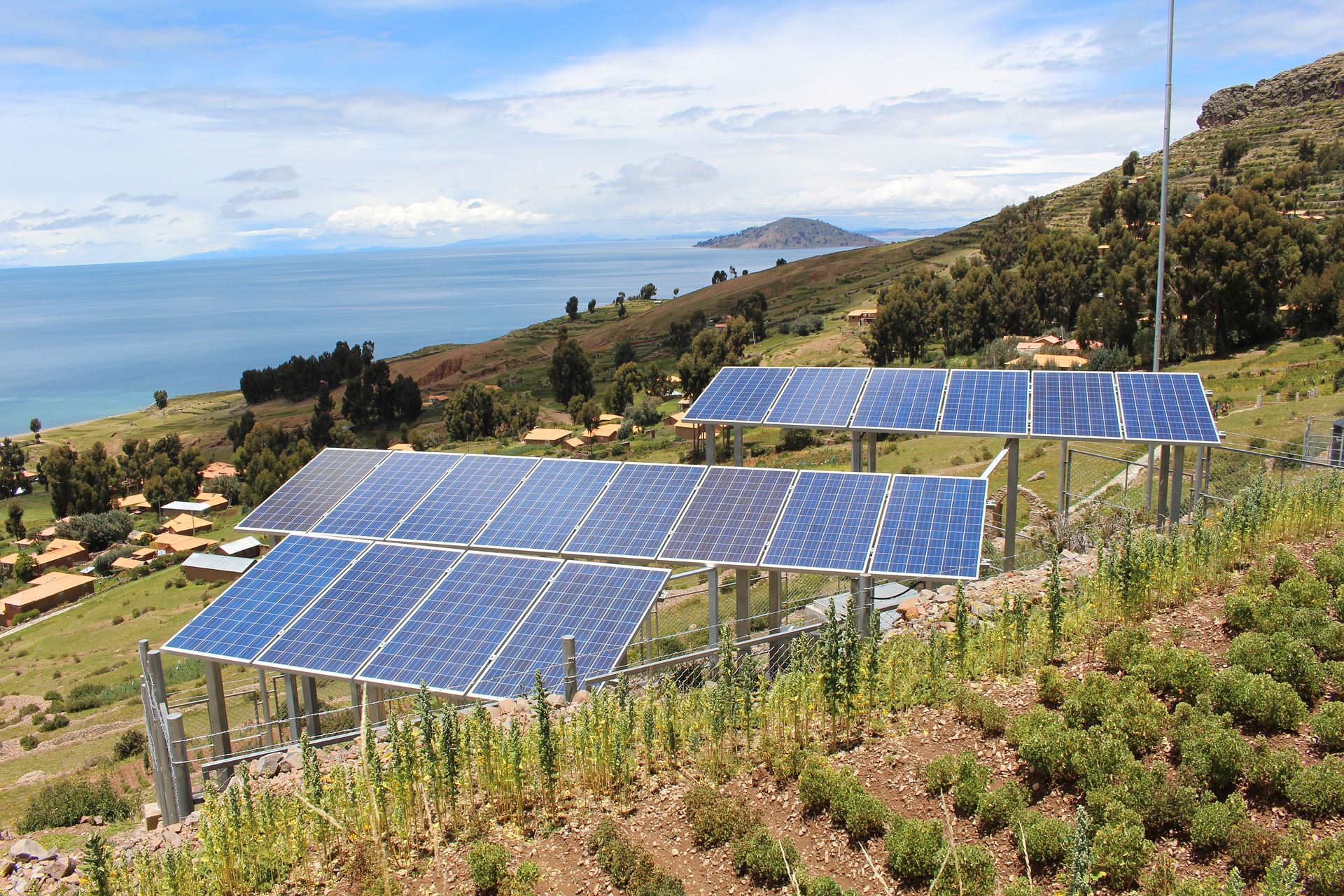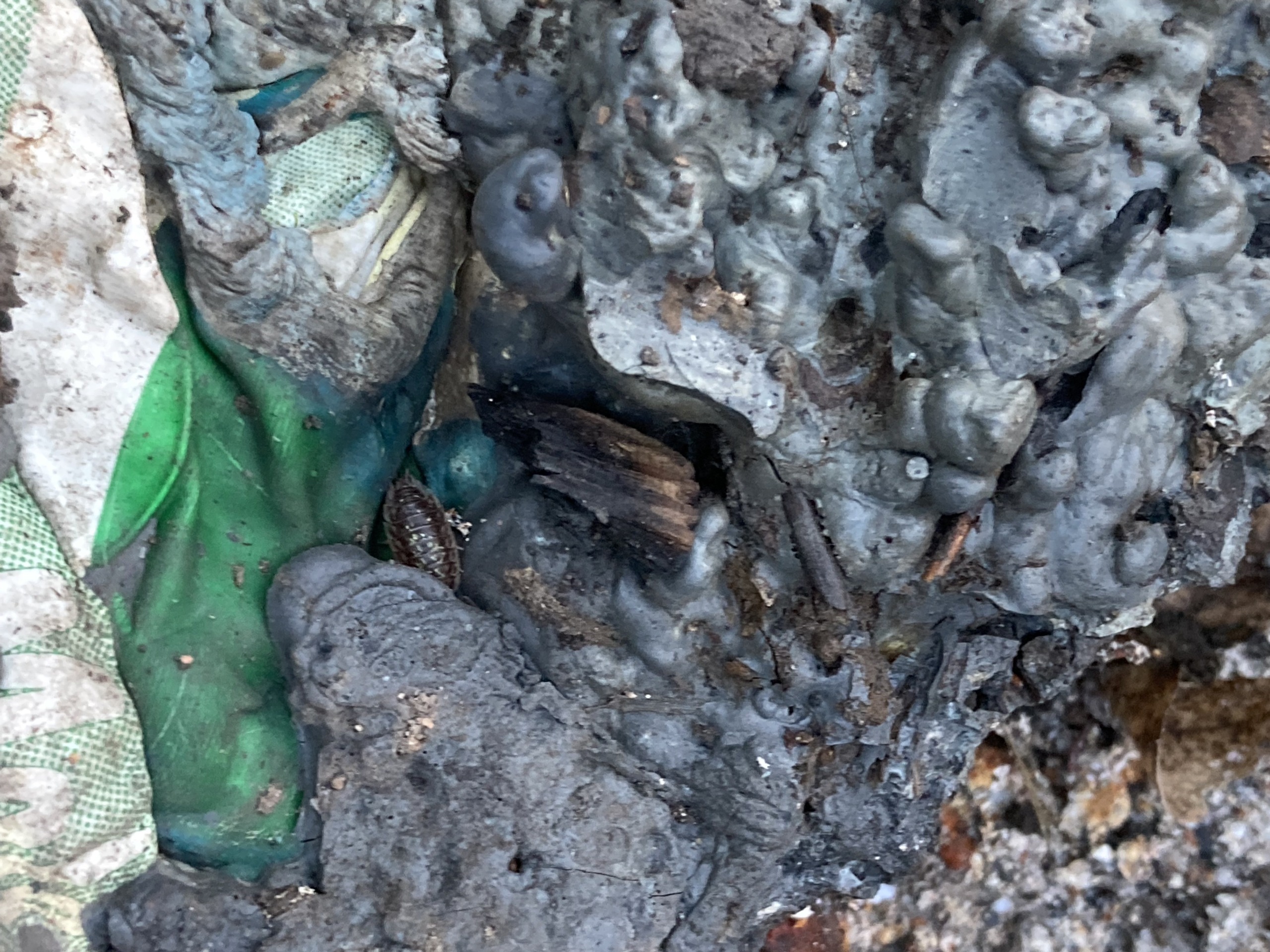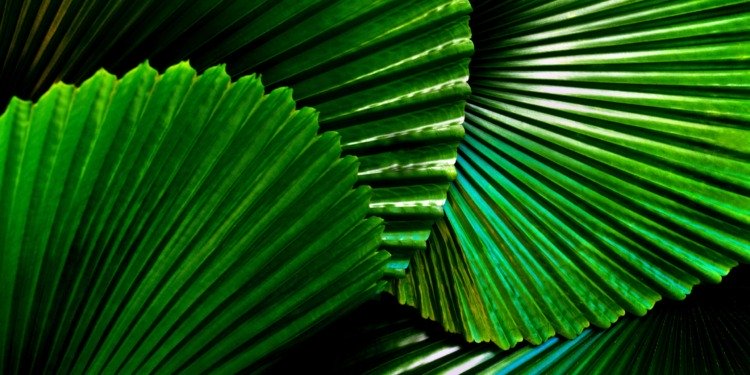In trying to “get ahead” in our evolutionary drive to survive, the majority of humans have cut corners, denied their biological identity and consequently, fallen out of sync with our natural environment. As Icarus met his hubristic demise in the heat of the sun, humanity is meeting a similar fate in global warming.
According to UNEP’s Emission Gap Report 2022, unconditional NDCs (nationally determined contributions) indicate a 2.6°C temperature increase by 2100. To meet the goals of the Paris Agreement to limit global warming to 1.5°C, 45% of our global annual greenhouse gas emissions would need to be cut by 2030.
This will be no mean feat considering that despite agreements made at UN climate summits to “phase down” coal, the largest producer of carbon-dioxide emissions and the source of one-third of the world’s electricity, the IEA reported that demand, catalysed by the energy crisis, grew by 1.2% last year to “an all-time high.” Recent attempts to negotiate these statistics have been met with hostility.
BREAKING: Climate activists are dragged out of @BankofAmerica conference after crashing @BlackRock president Rob Kapito’s panel demanding an end to new investments in coal, oil and gas. pic.twitter.com/P5RsLaPejh
— New York Communities for Change (@nychange) February 16, 2023
Furthermore, greenwashing in the form of carbon offsetting schemes, has also hindered progress in environmental regeneration. It has been reported that the schemes under Verra, who is the leading carbon standard for the voluntary offsets market, have had a minimal impact in sustainable development.
The promise of carbon neutrality through offsetting has always rung somewhat hollow, considering how it enables complacency towards environmental impact on the part of corporations and passes the responsibility of sustainability onto the private sector that is increasingly proving to be unable to fulfil their promises.
Enter Biomimicry.
What is Biomimicry?
“Biomimicry is a practice that learns from and mimics the strategies found in nature to solve human design challenges—and find hope.”
The practise recognises the successful and ancient legacy of sustainability in nature, and adopts a position of humility in looking to the forms, processes and systems within the natural world for inspiration to achieve sustainability in human activity and environmental regeneration.
Although popularised by American biologist Janine Benyus, a leading voice in the biomimicry movement, biomimicry has long been practised by Indigenous Peoples, who, despite making up around 5% of the global population, protect 80% of the planet’s biodiversity.
For example, tapia pisada and bahareque are Columbian building techniques rooted in Indigenous practises using raw materials that mimic the habitat-building techniques of the natural world (such as the architecture of burrows and mud nests). Biomimicry should be seen as a beneficial and practical concept Western people should consider practising in solidarity with Indigenous Peoples, but doing so mindfully so as not to appropriate or whitewash their practices.
View this post on Instagram
How does it Work?
Biomimicry requires engaging with a multiplicity of perspectives in the natural world, tapping into our instinctive biophilia, “the innate tendency to focus on life and lifelike processes.” This results not only in effective solutions to human and environmental problems, but in a cultivation of other-oriented empathy, that reinstates the personhood of other-than-human beings that has long been denied, to the detriment of all species.
For example, a 2005 study shed light on the ocular vision of birds. Their eyes are able to detect certain wavelengths of light that enable them to avoid the stabilimenta (web ornamentations) of orb weaver spiders.
The Orbweaver Spiders are out on the Montana prairie. I wondered about that zigzag line in the web. It is purposeful. Possibly to warn birds so they don’t destroy the web or to distract insects from the main web & the spider. #spiders #insects #montana #prairie pic.twitter.com/m77G1gCGc9
— Neil Shook (@prairieguy2016) August 24, 2021
Through biomimicry, humans have developed a type of glass incorporated with an ultraviolet coating that makes windows visible to birds. An estimated 365 million to one billion birds die from window collisions in the United States, rupturing ecosystems, and reflecting the macroscale human obstruction to avian biosemiotics.
A simple and mindful amendment to our infrastructure can make a huge impact on other-than-human life and help humans remember our place in the ecosystem.
Related Articles: Celebrating Nature: Nurture Your Inner Climate Activist | Science for Good: A New Breed of Entrepreneurs with Science-Based Solutions for a Positive Impact
The invention of solar panels takes the perspective of a plant, specifically the ways in which they function biologically and interpret their environment through photosynthesis.
As a plant converts sunlight into carbohydrates to live and grow, solar panels convert sunlight into electricity, generating a reliable and efficient source of renewable energy.
Ecomimics continually build on the sustainability of their inventions, maximising their efficiency to meet UN Sustainable Development Goals (SDGs), as was achieved by Penn State to meet Goal 7: Affordable & Clean Energy through their development of solar cells.

The Anthropocene is demarcated by the substantial impact human activity has had on the planet’s climate and ecosystems.
A prominent feature of this unfortunate era is plastic, which, so ubiquitous and enduring a substance, has literally set its legacy in stone, forging a new substance coined “plastiglomerate,” defined as “an indurated, multi-composite material made hard by agglutination of rock and molten plastic.”

A welcome solution to this unwelcome new substance, uses biomimicry and bioutilisation. AirCarbon comes from the minds of Newlight Technologies, who work with ocean microorganisms, reproducing their environment on land, to produce a “carbon-negative” alternative to plastic.
The company dissolves greenhouse gases in saltwater which is consumed by the microorganisms who in turn produce PHP (polyhydroxybutyrate), an organic polymer. The carbon footprint of AirCarbon is calculated to be -88 CO2e/kg and if found in the ocean, will degrade within a year as nutrients for microorganisms.
This innovation meets three UN Sustainable Development Goals including 11 (Sustainable Cities & Communities), 12 (Responsible Production & Consumption) and 13 (Climate Action). A formidable opponent to plastiglomerate.
The Capitalist Appeal
Biomimicry not only speaks to those who actively care about the environmental health of the planet and its inhabitants, but also to capitalists who primarily have financial incentive in mind.
According to a 2015 report by Terrapin Bright Green, biomimicry is forecasted to contribute up to $425 billion of the US GDP and generate approximately 2 million jobs by 2030. This also speaks positively to younger generations who are found to value green jobs, in excess of current supply.
Despite the looming environmental pessimism of current headlines, the optimism of biomimicry is making waves and turning the heads of many established corporations who are working to pursue regenerative solutions to unsustainable business practices.
Biomimicry 3.8, a bio-inspired consultancy, launched Project Positive in 2019, an initiative designed to apply their Positive Performance Methodology (PPM) to generate value for stakeholders sustainably. Some of their clients include Microsoft, Ford and Google.
However, despite this progressive step towards sustainability, Google keeps its other foot in the door of fossil fuels through its controversial partnership with Saudi Aramco who, in 2020, was using Google Cloud to repair methane gas pipelines.
If any substantial progress is to be made, big corporations and investors must make a choice between investing in environmental regeneration or degeneration. Only then do we have a chance at meeting the goals of the Paris Agreement.
Editor’s Note: The opinions expressed here by the authors are their own, not those of Impakter.com — In the Featured Photo: Leaves of the fan palm Licuala Cordata. Featured Photo Credit: David Clode.









